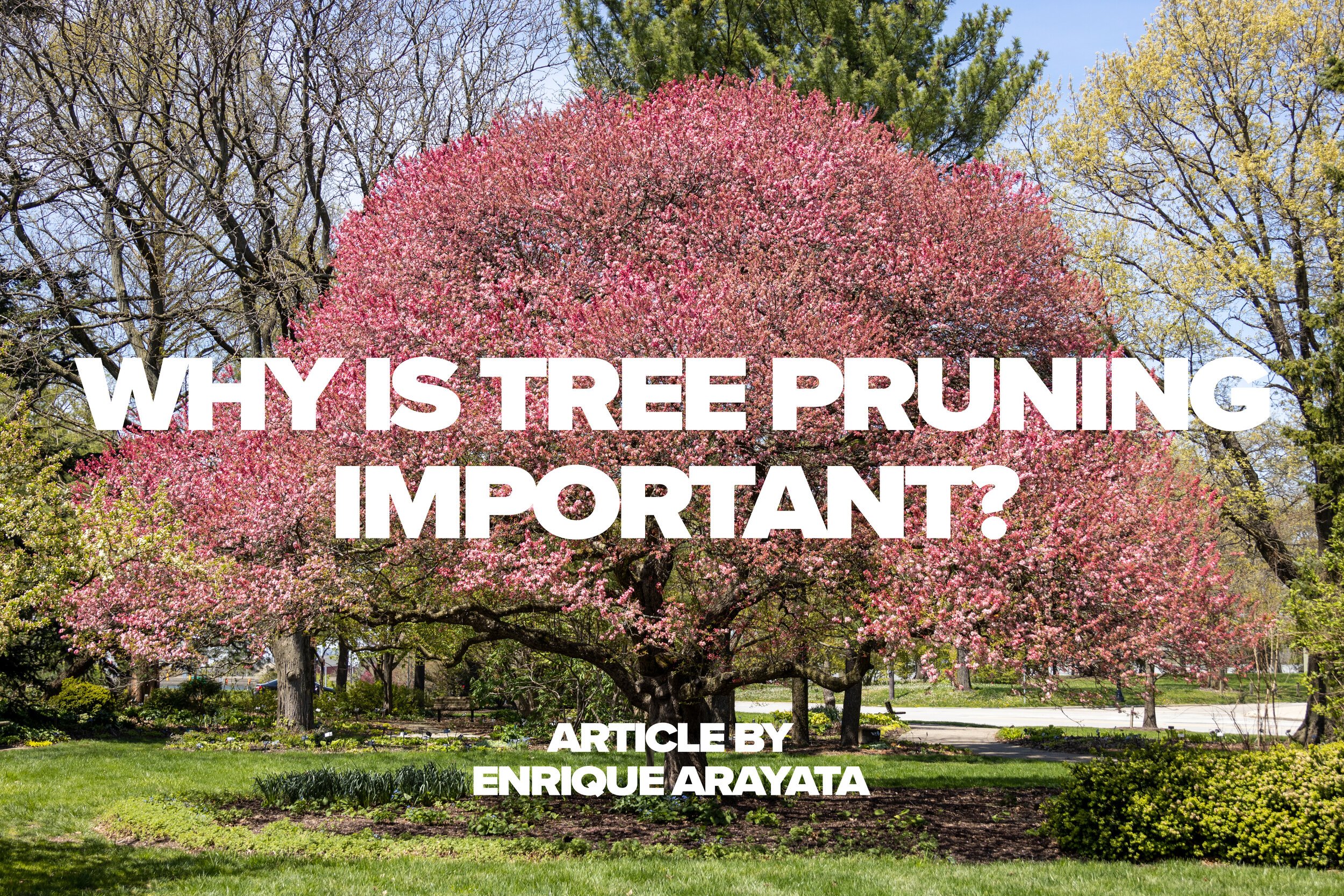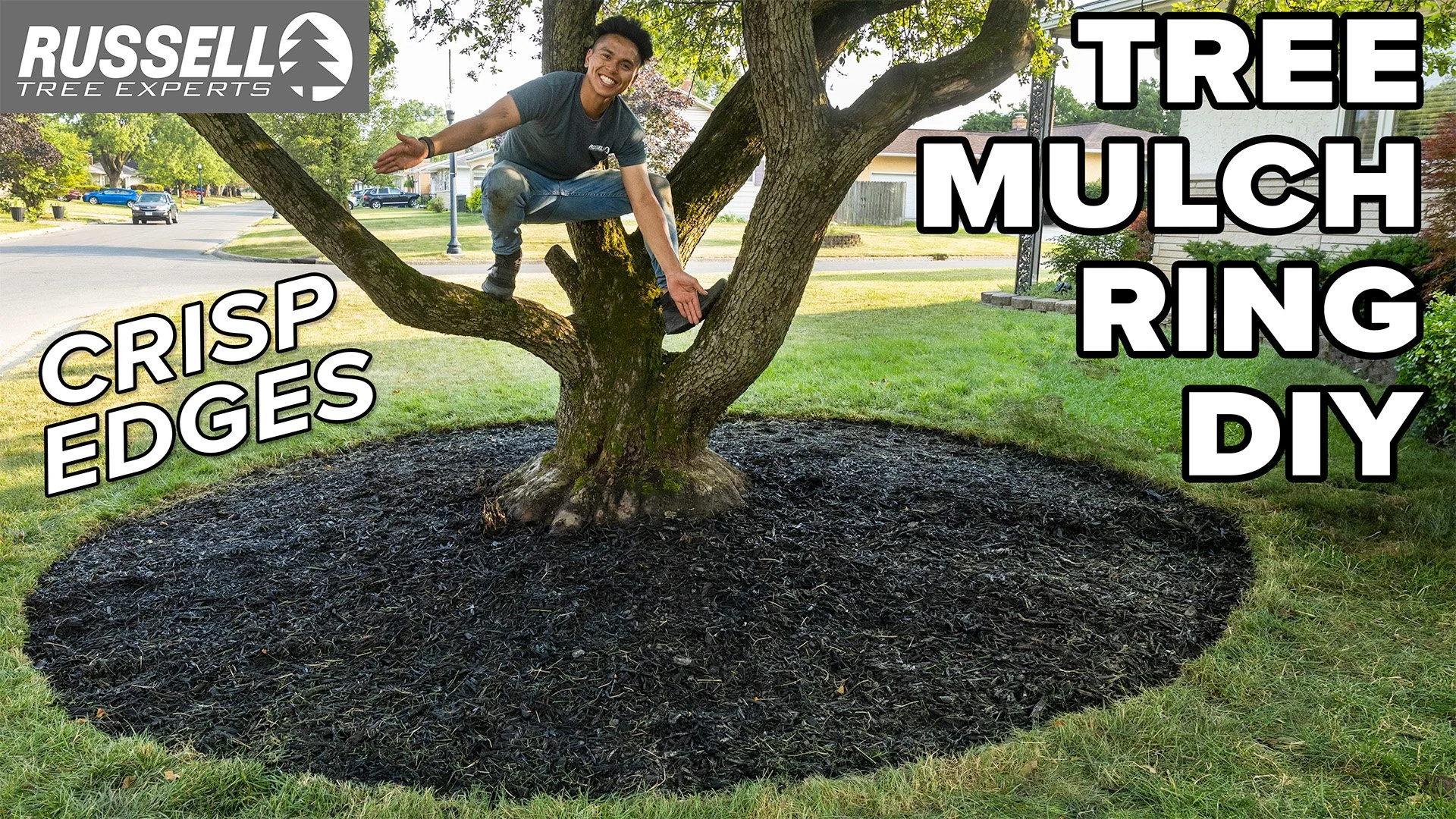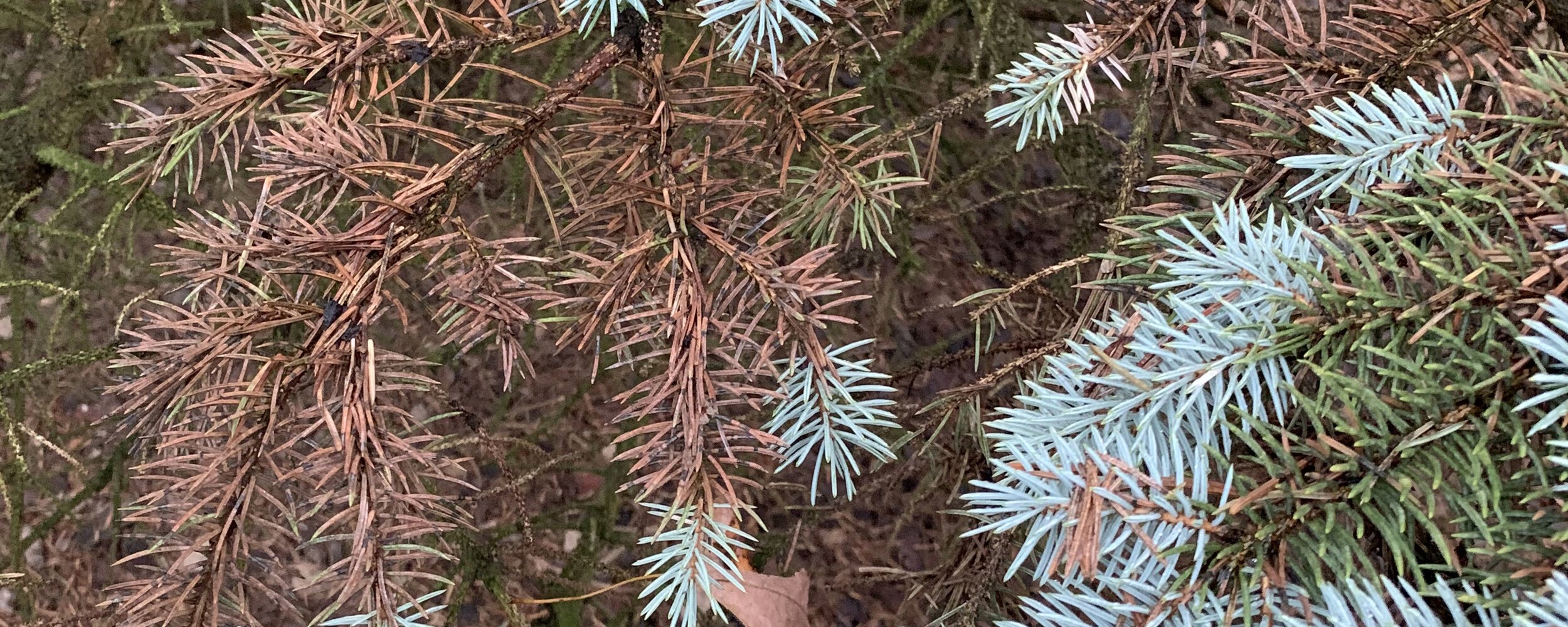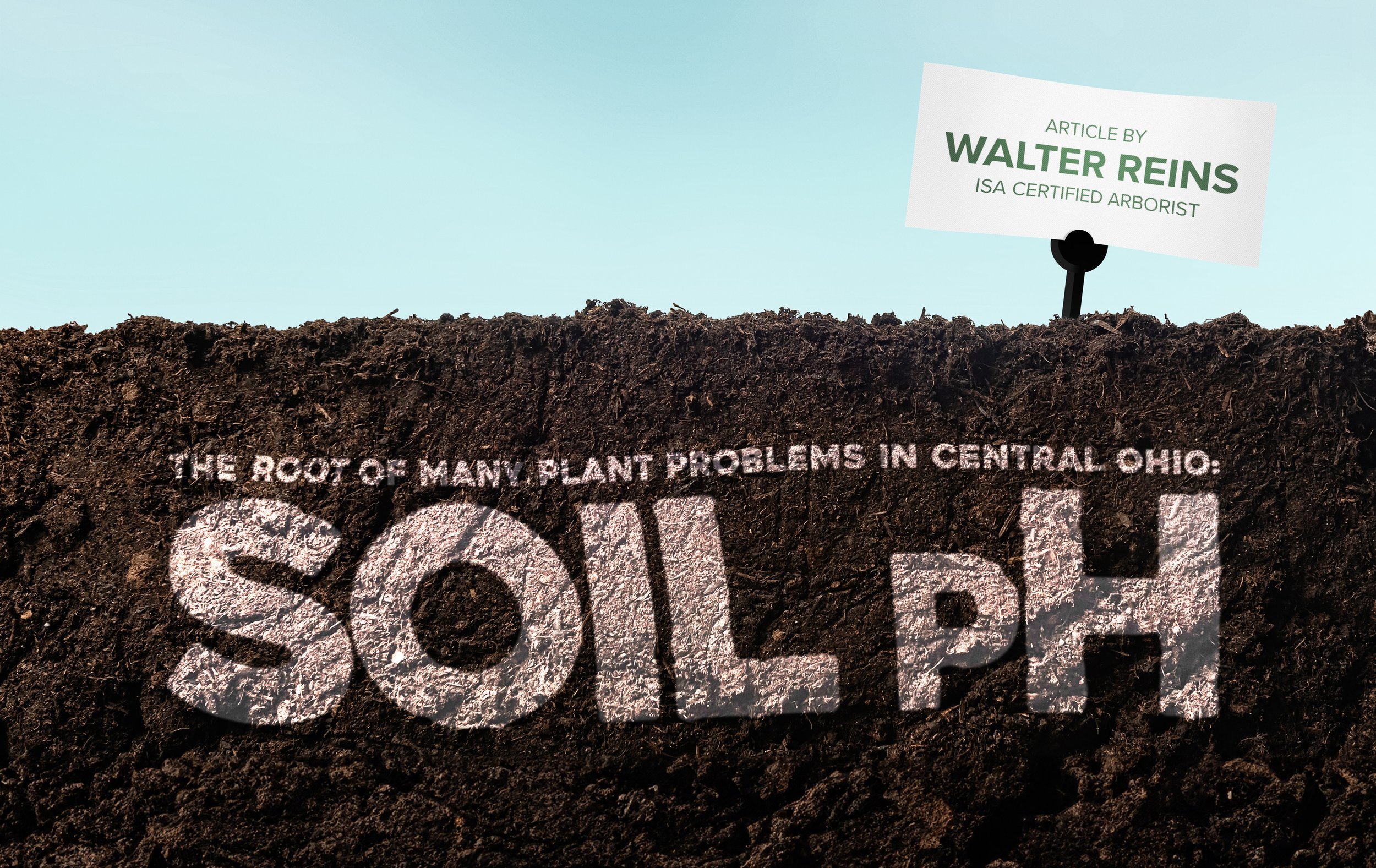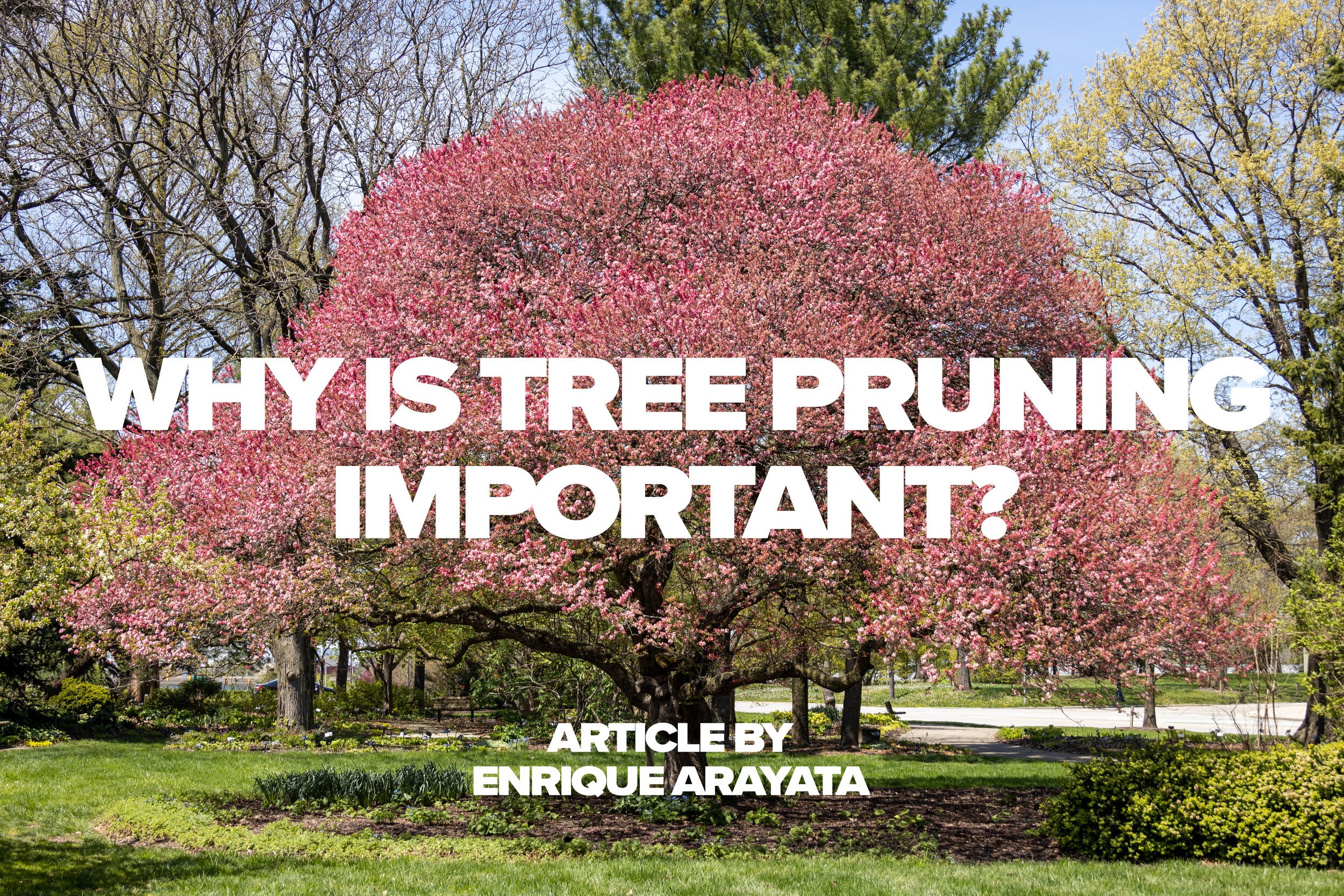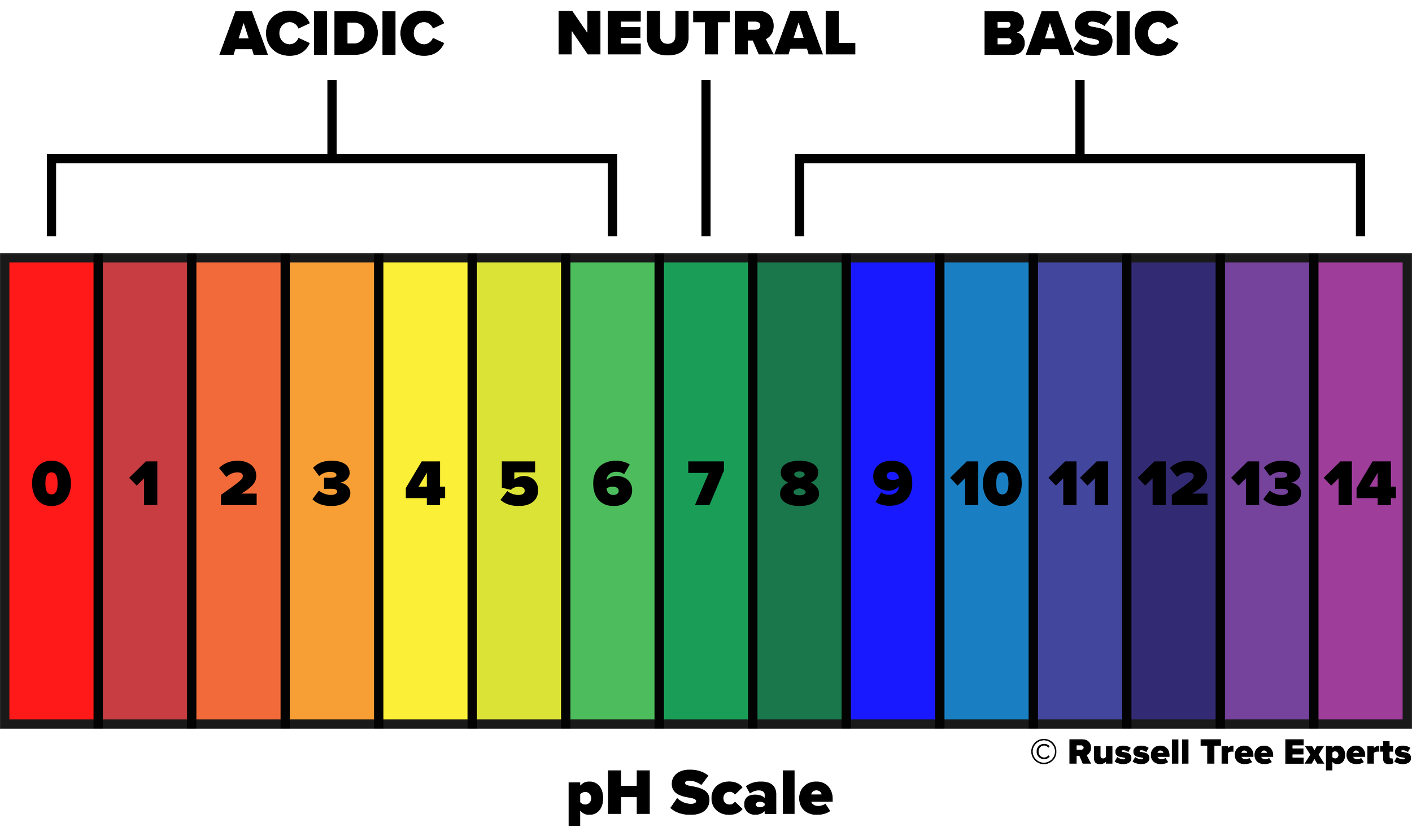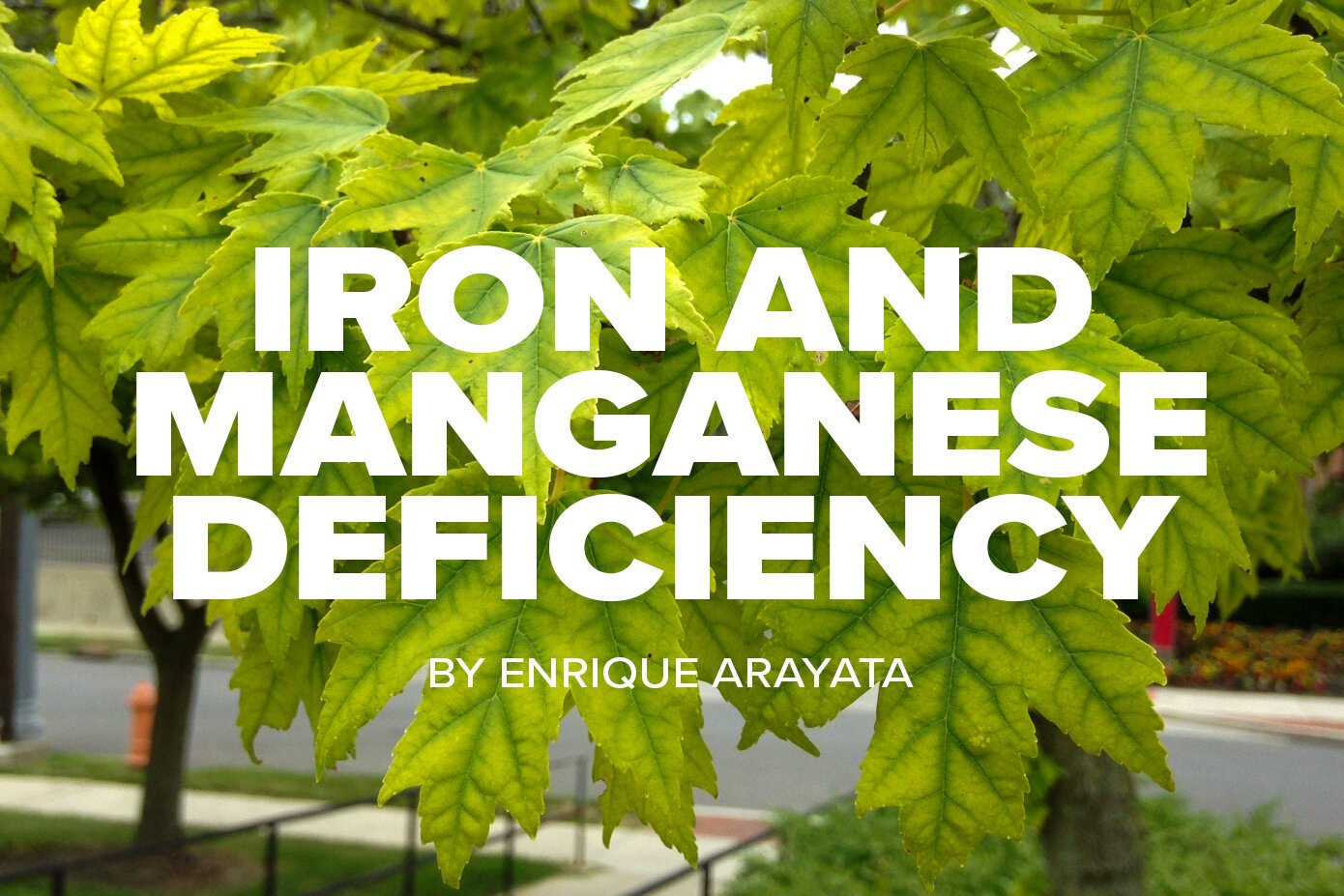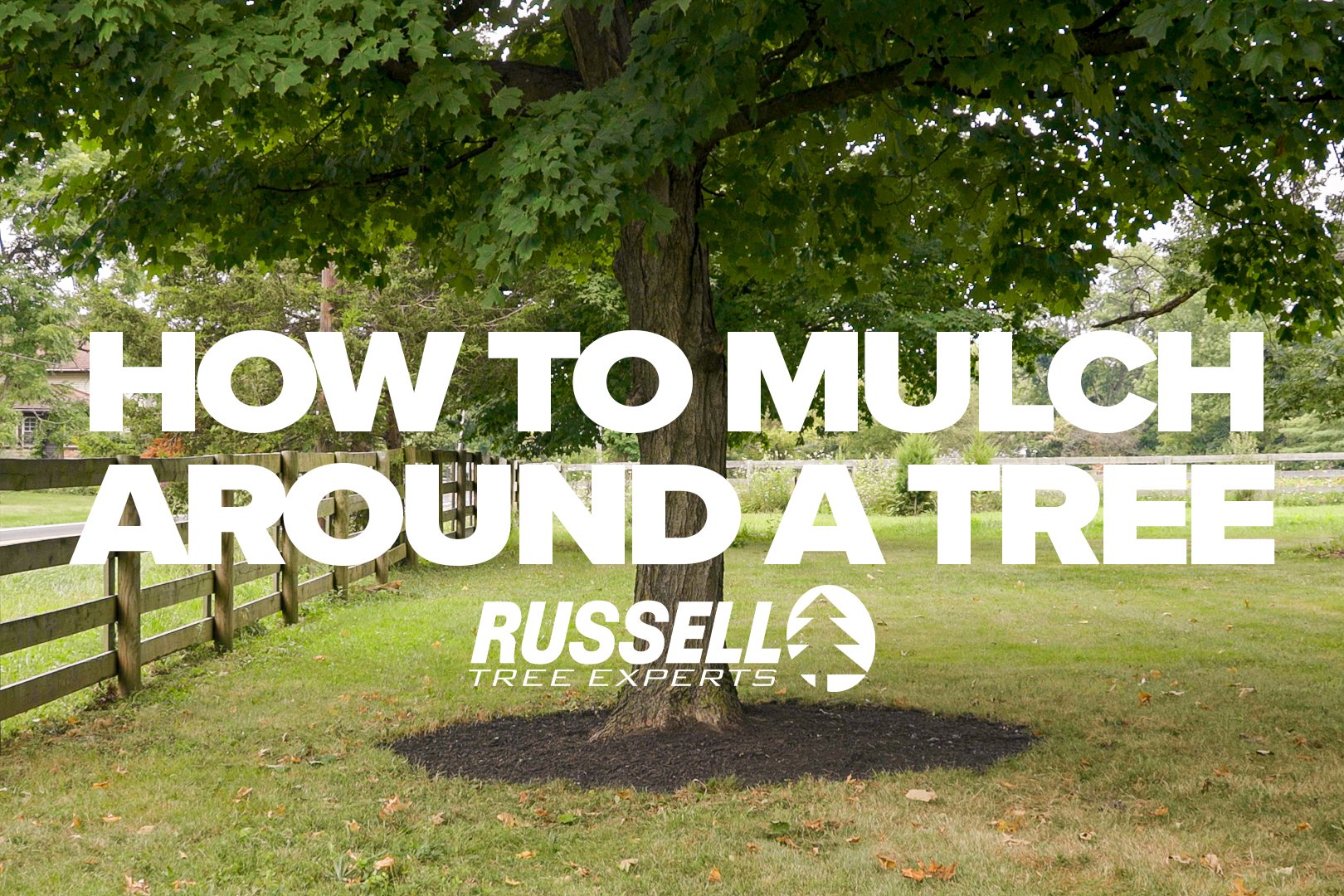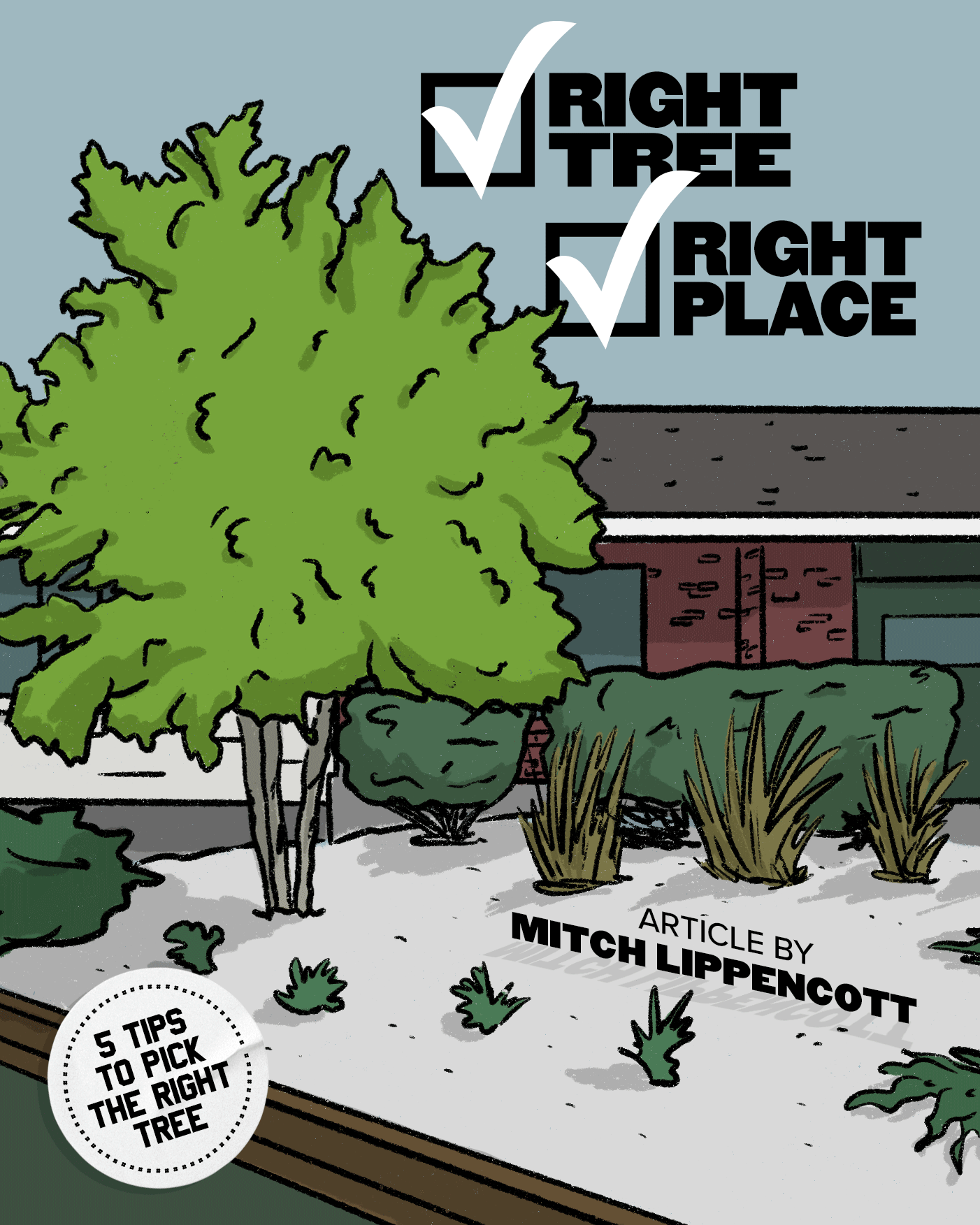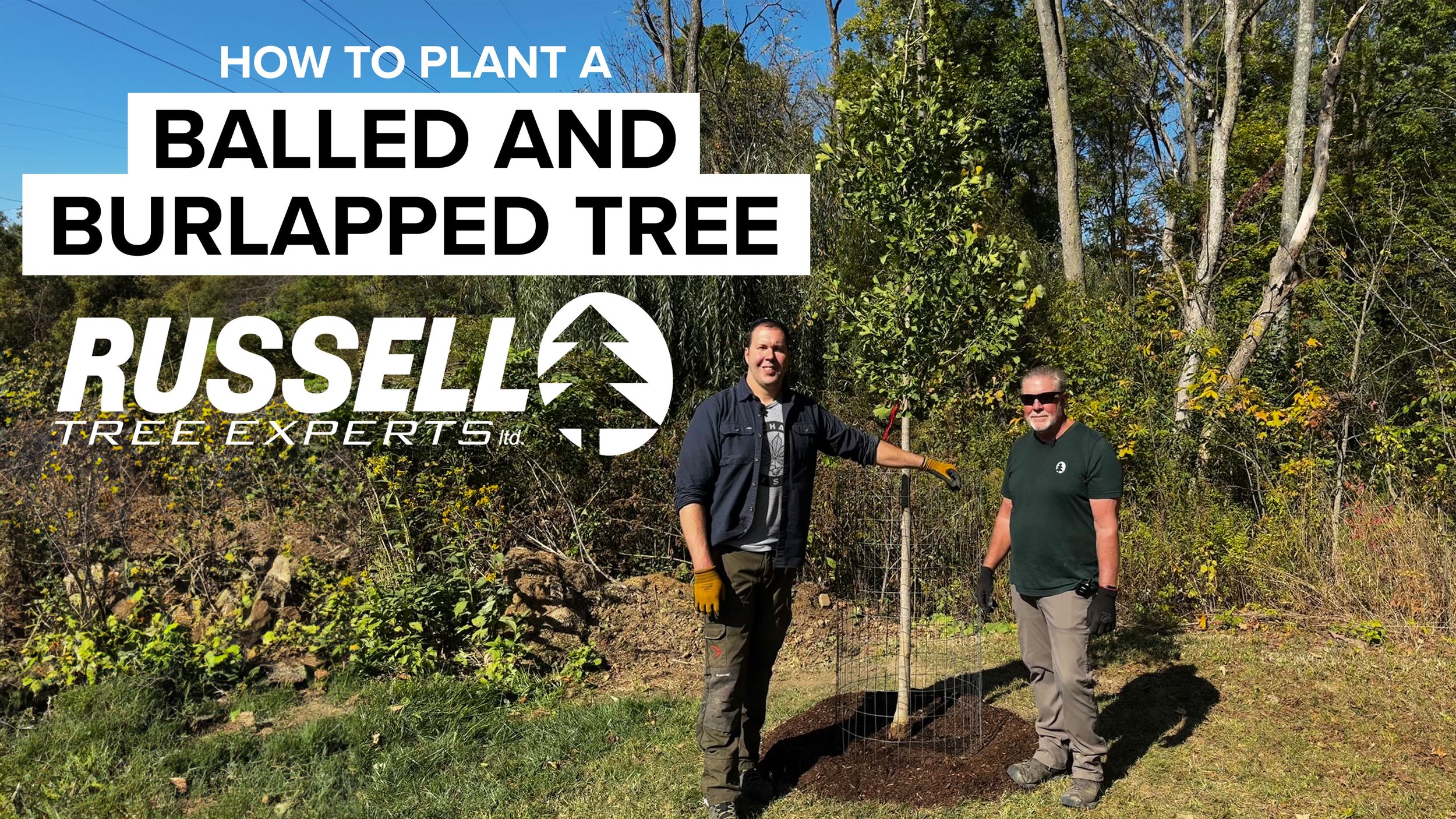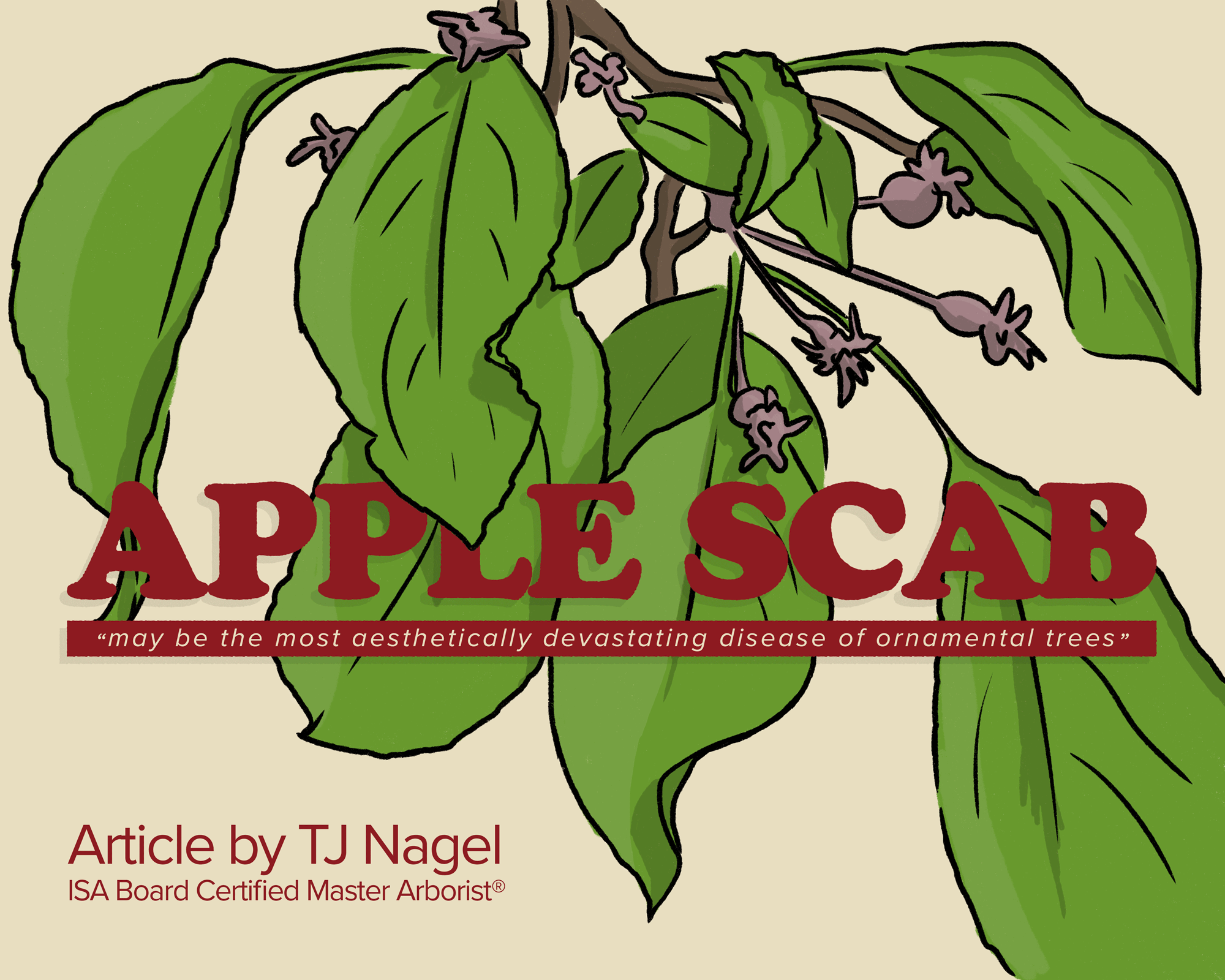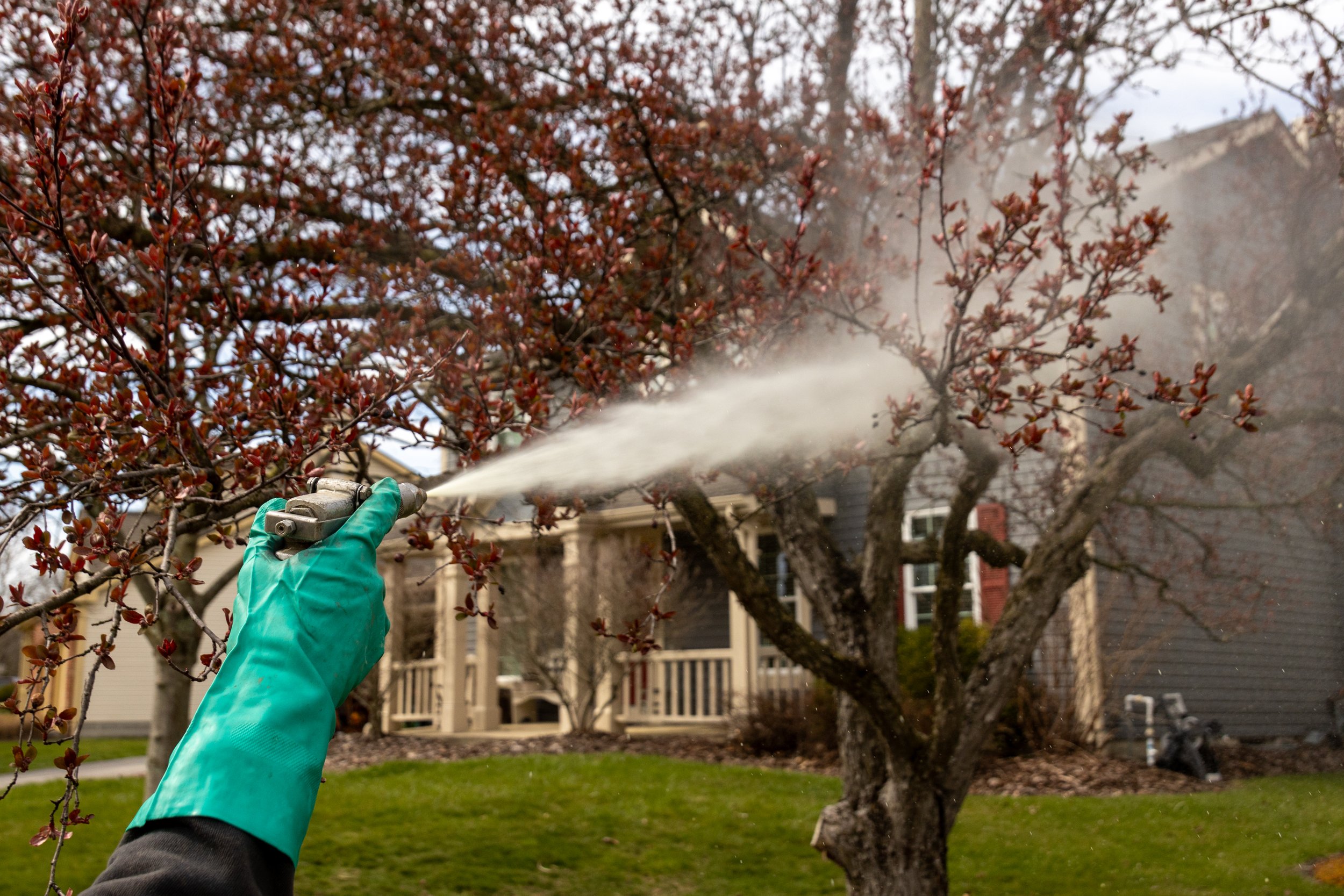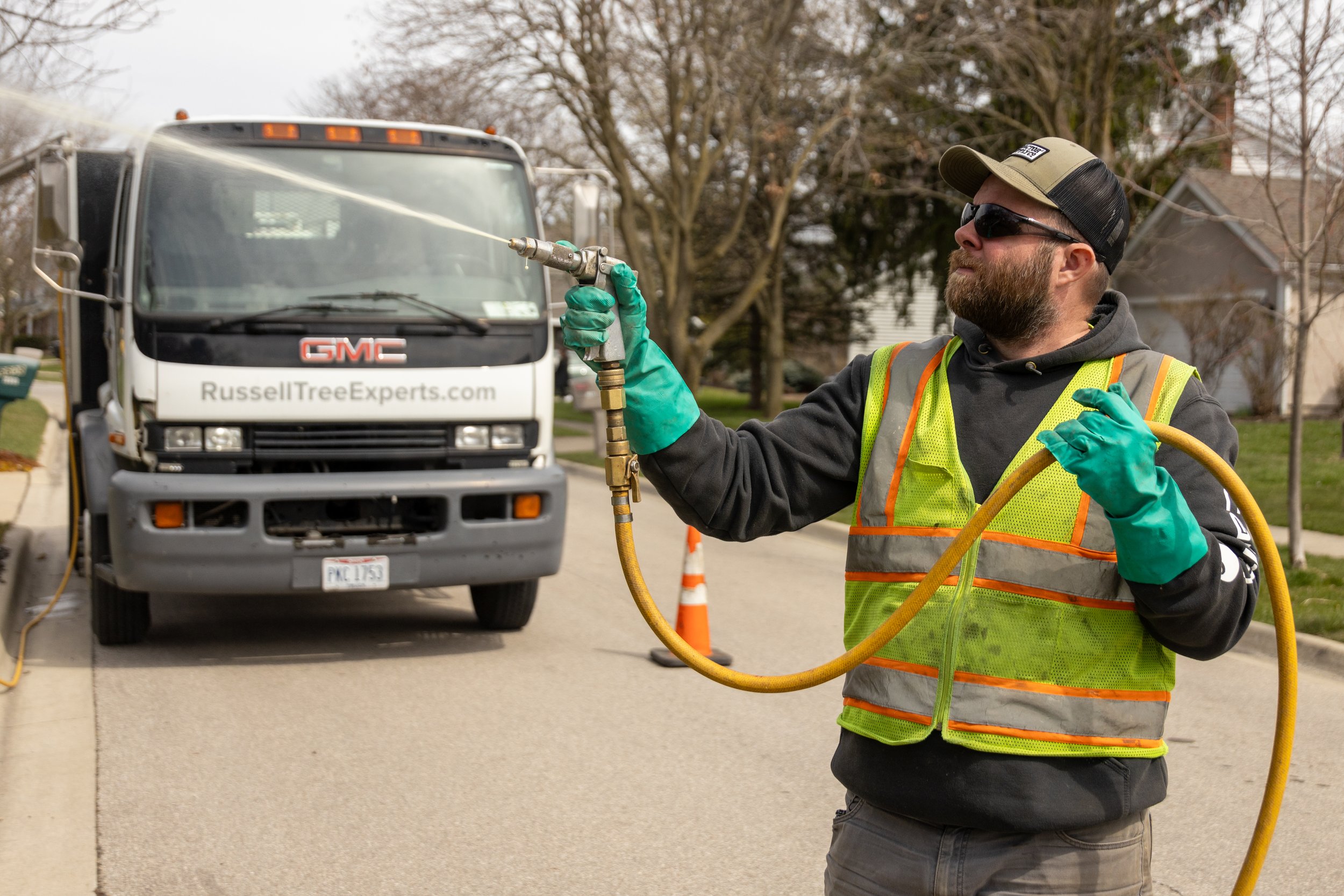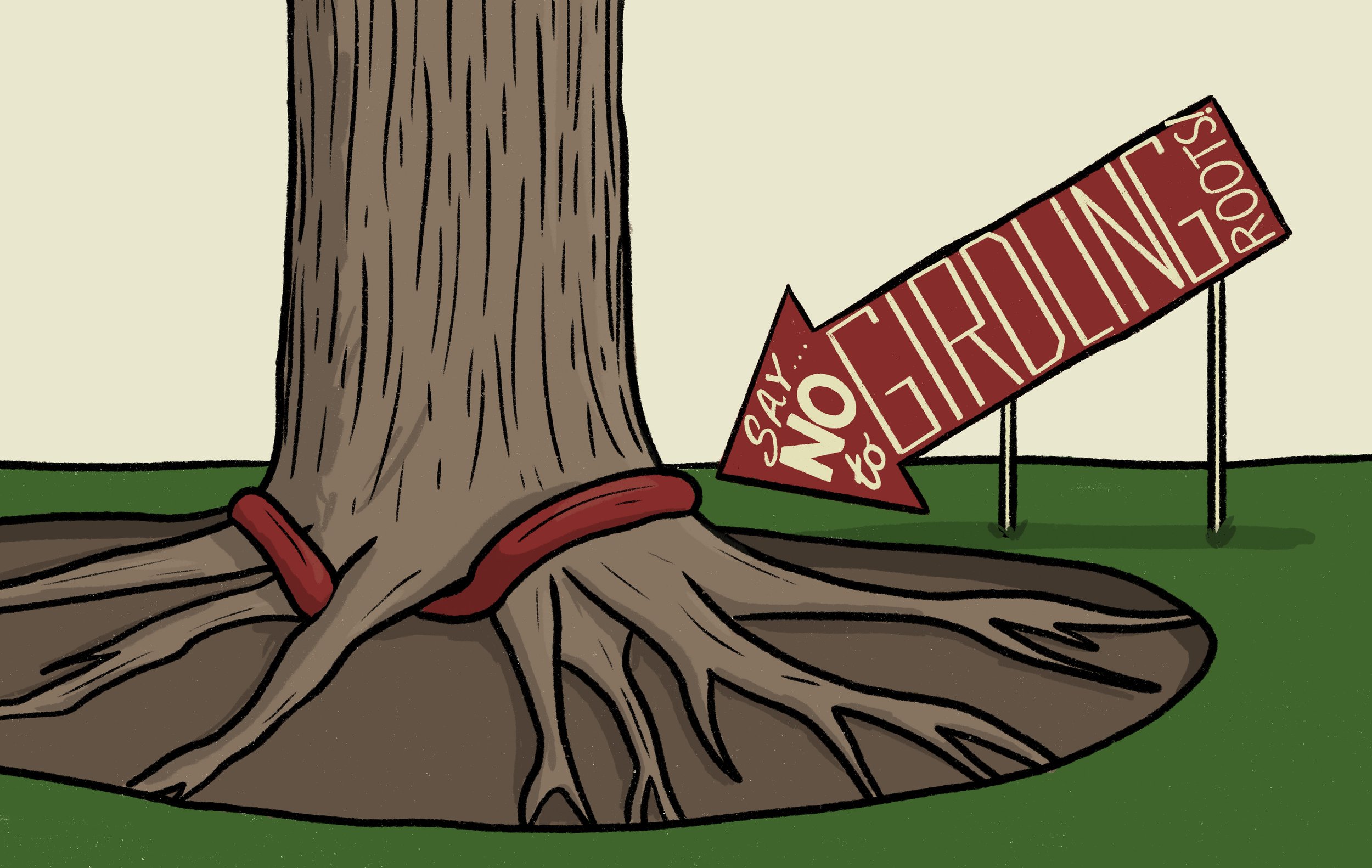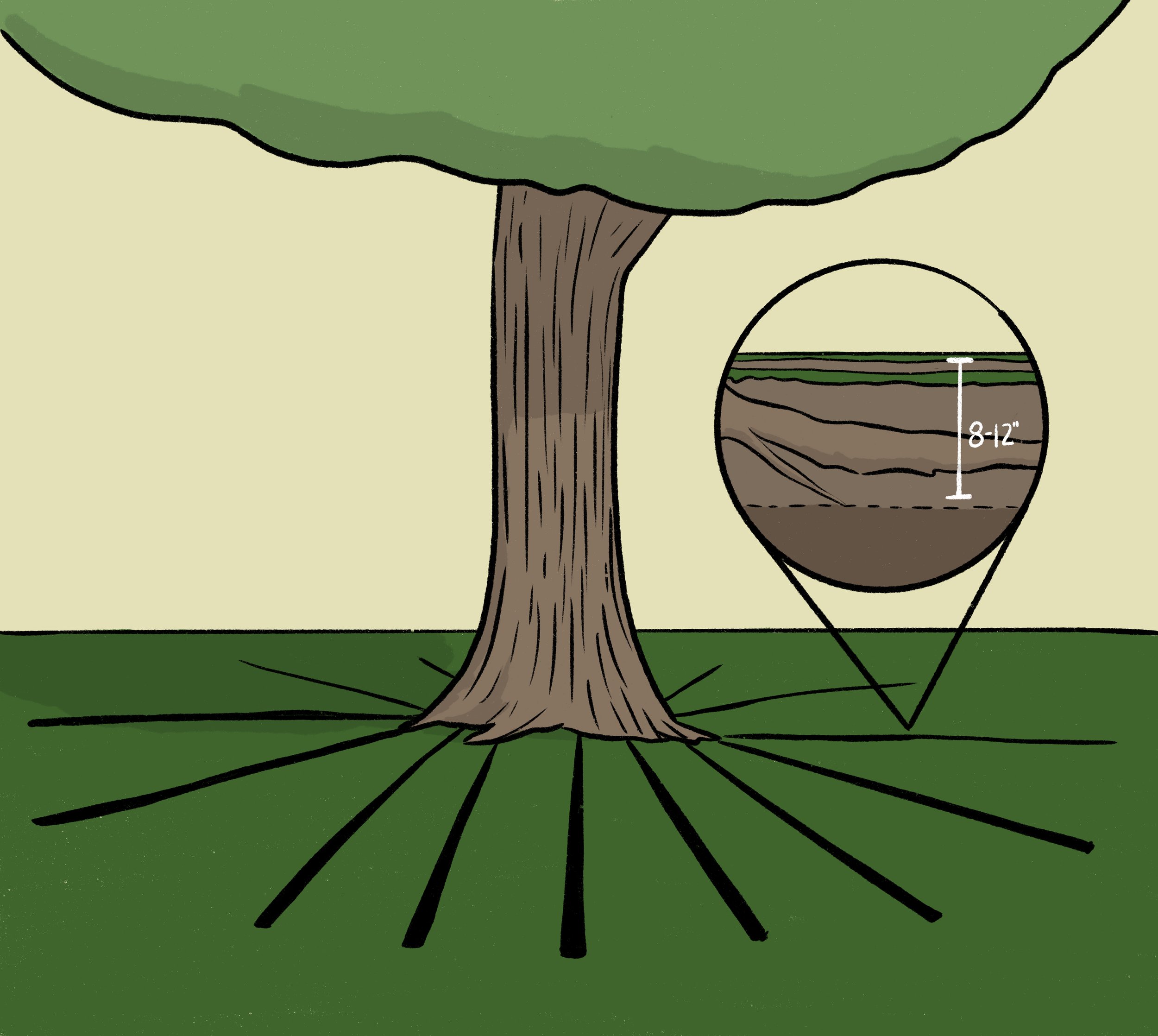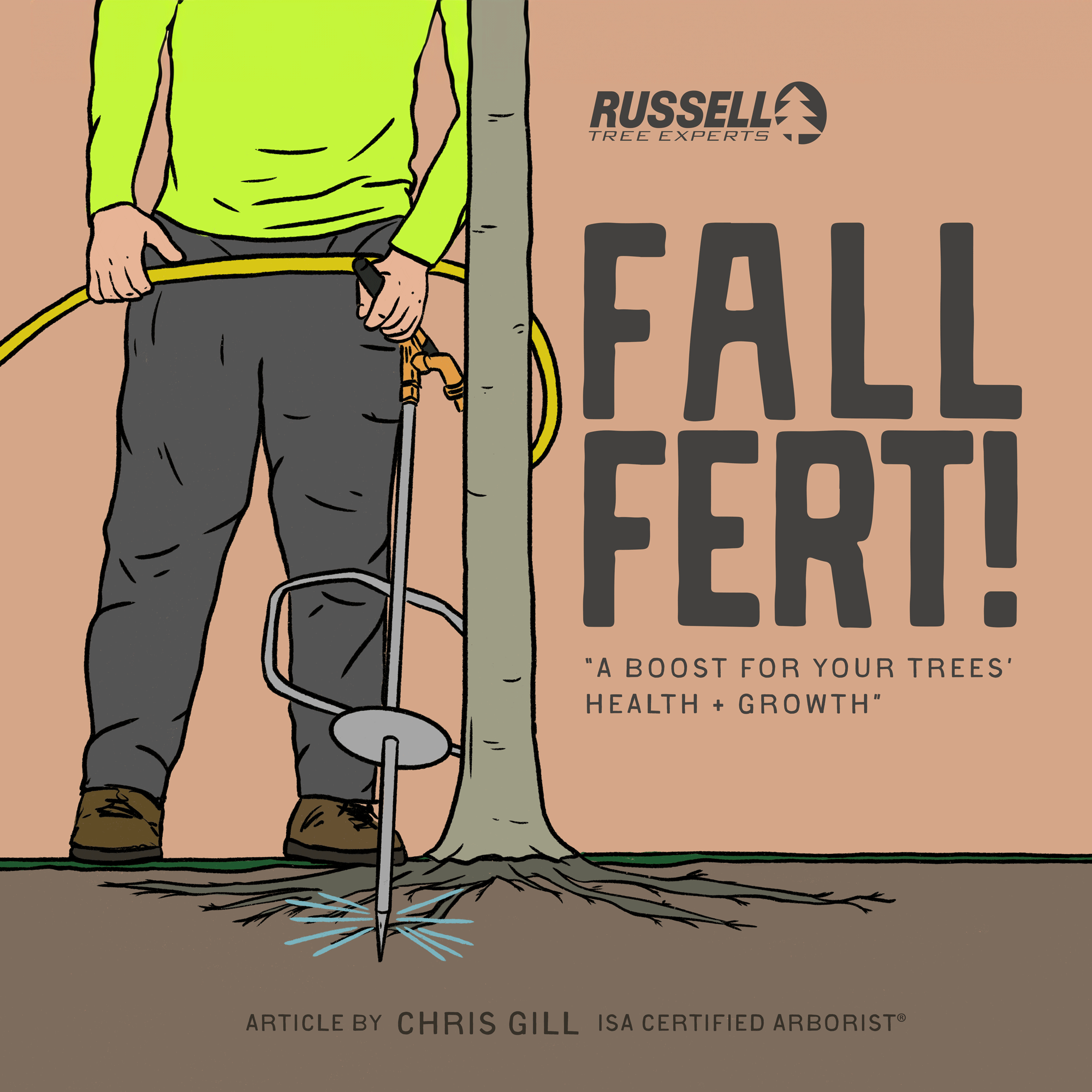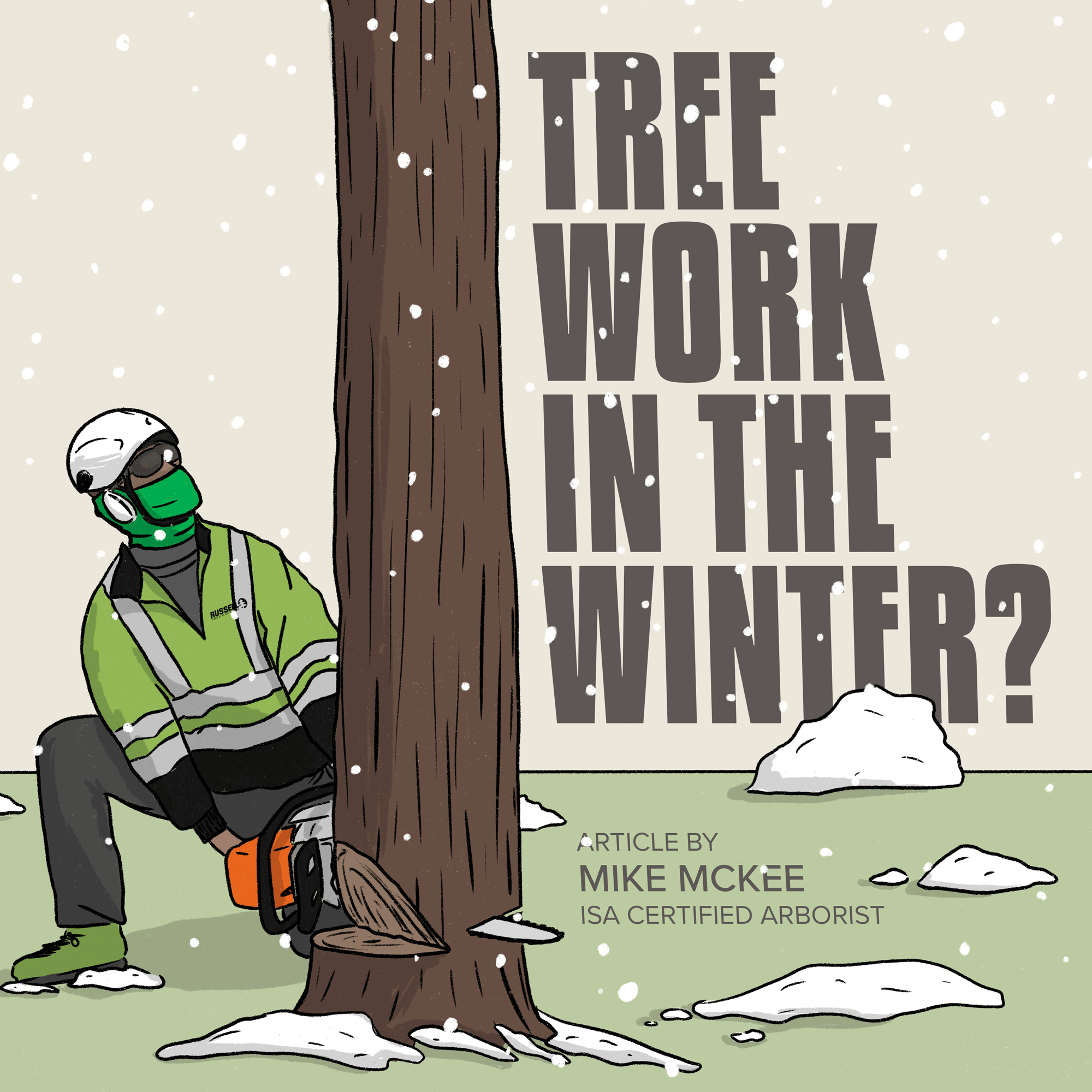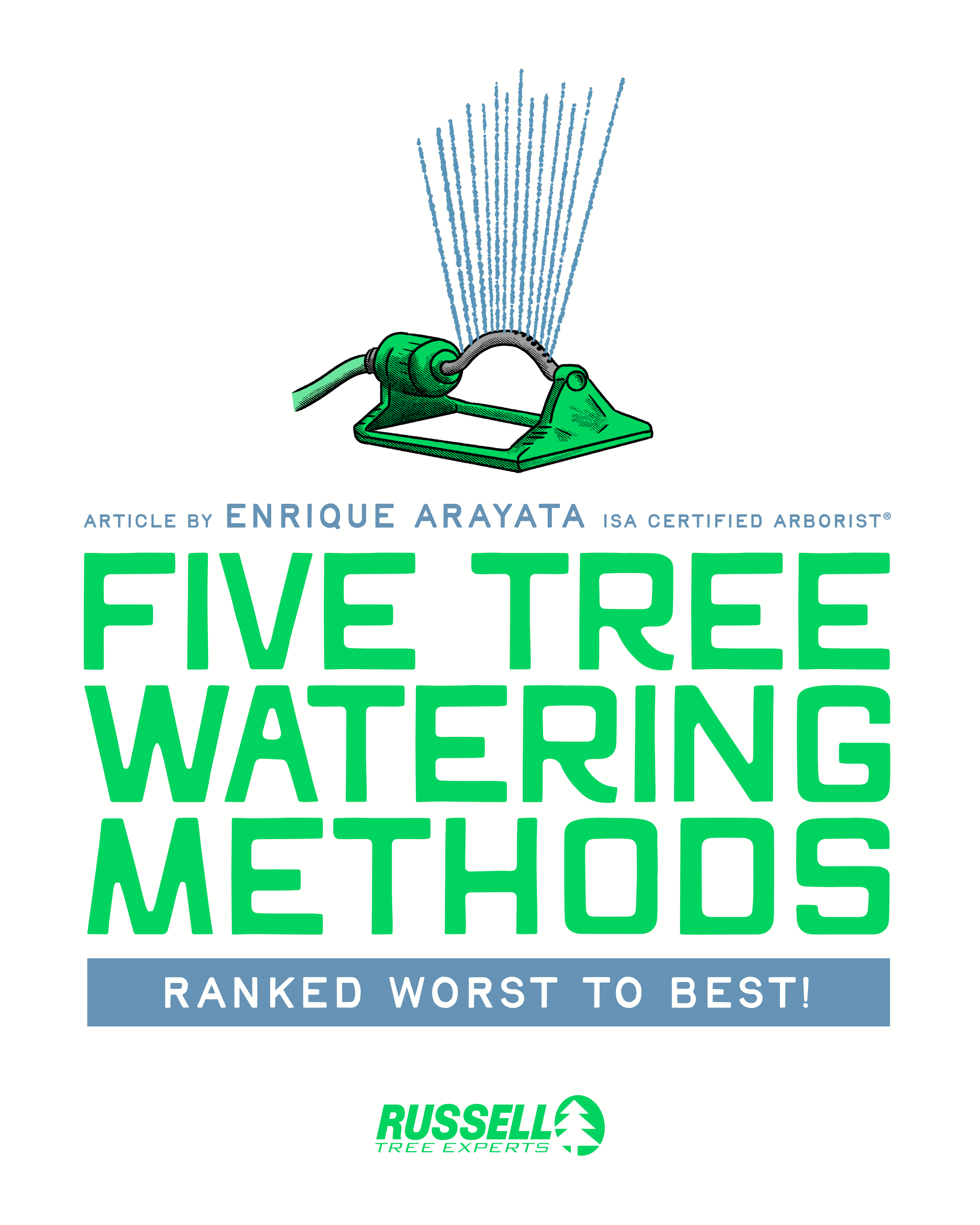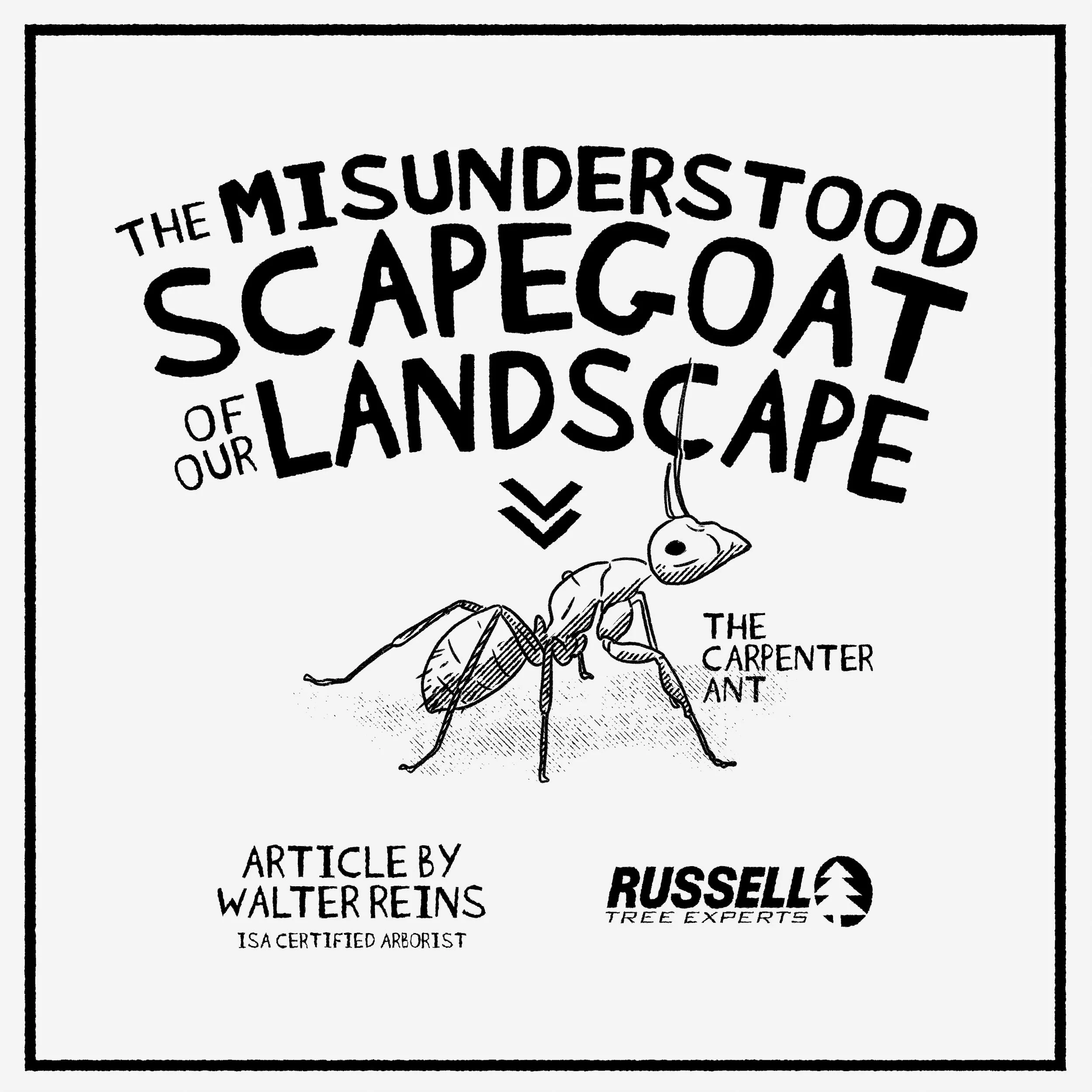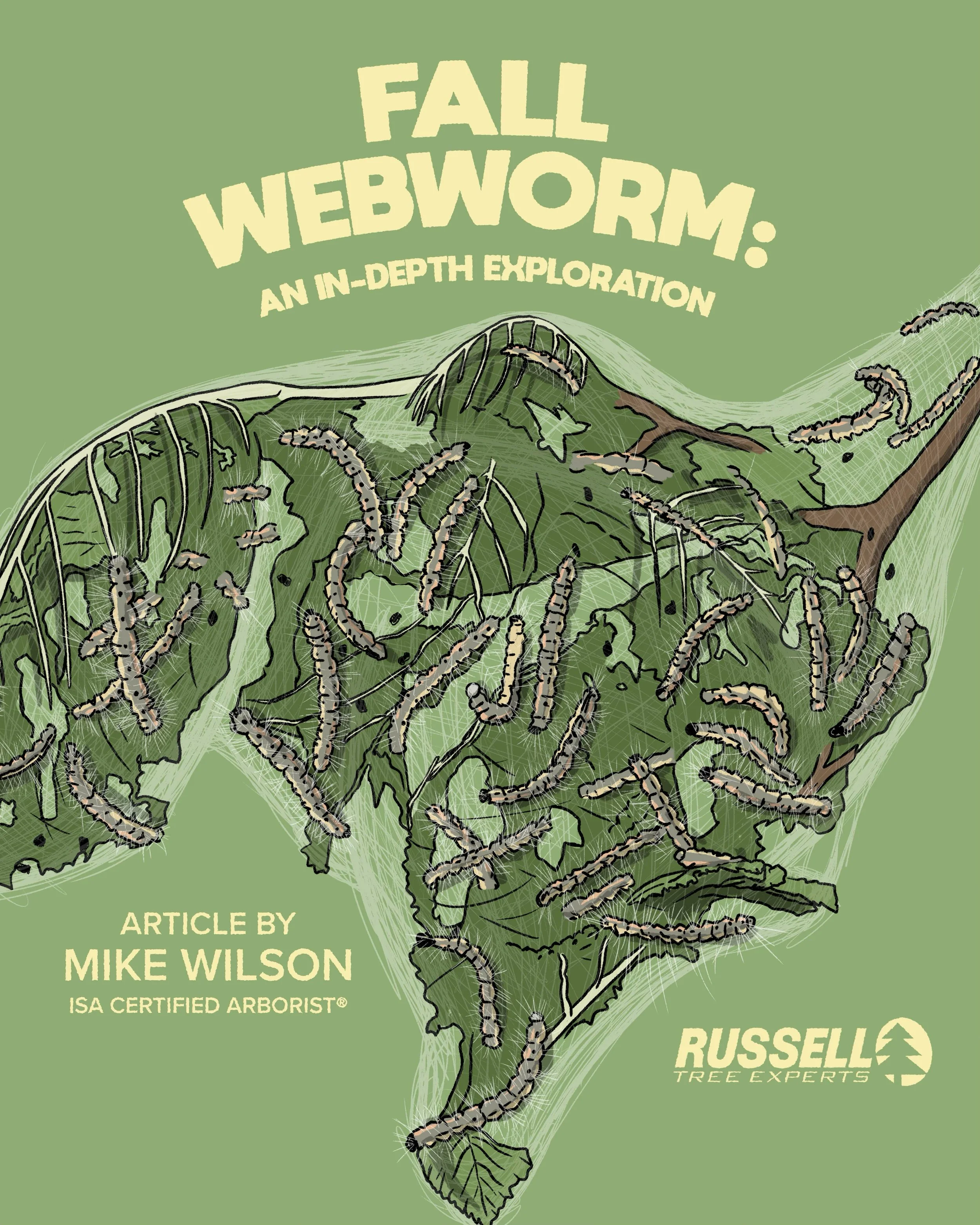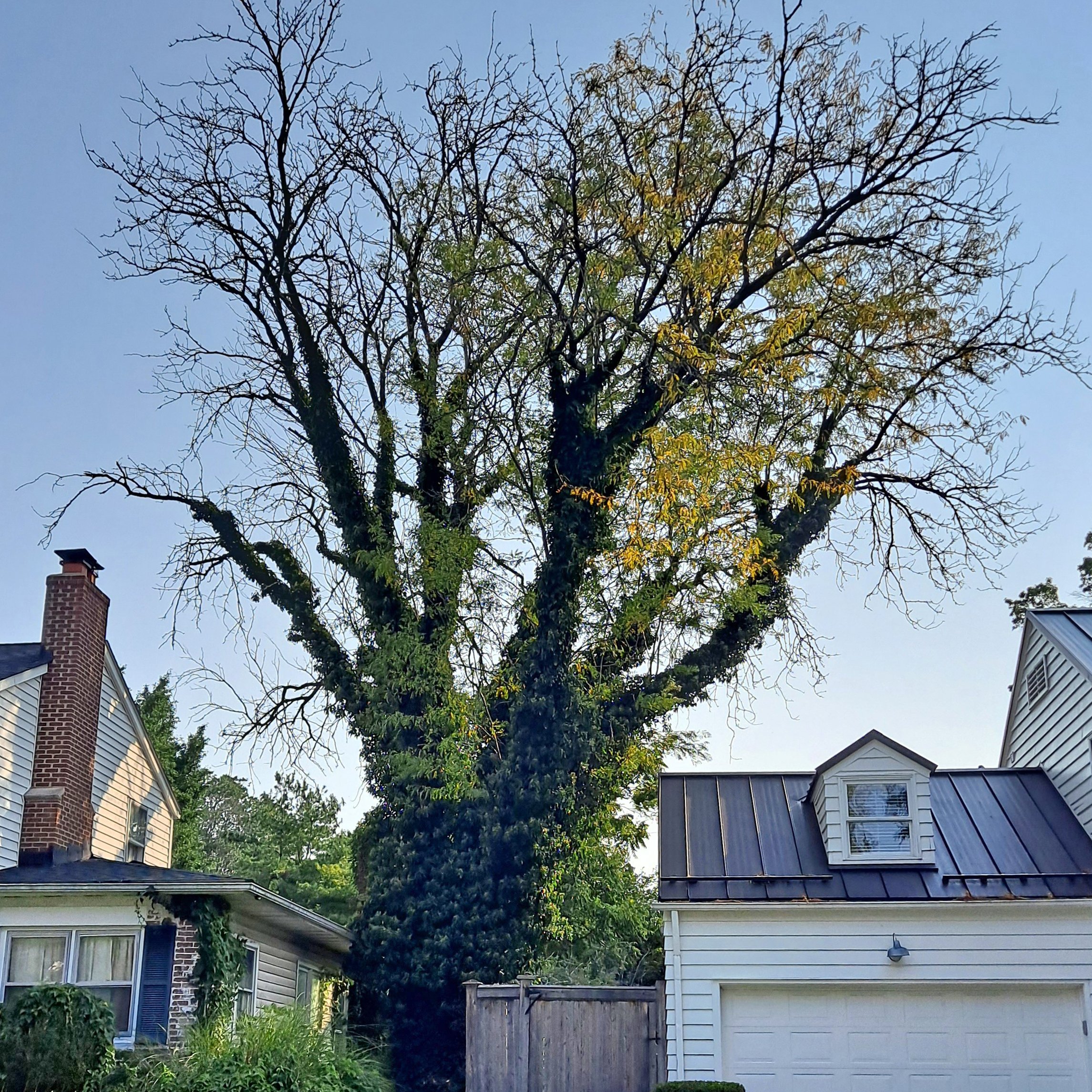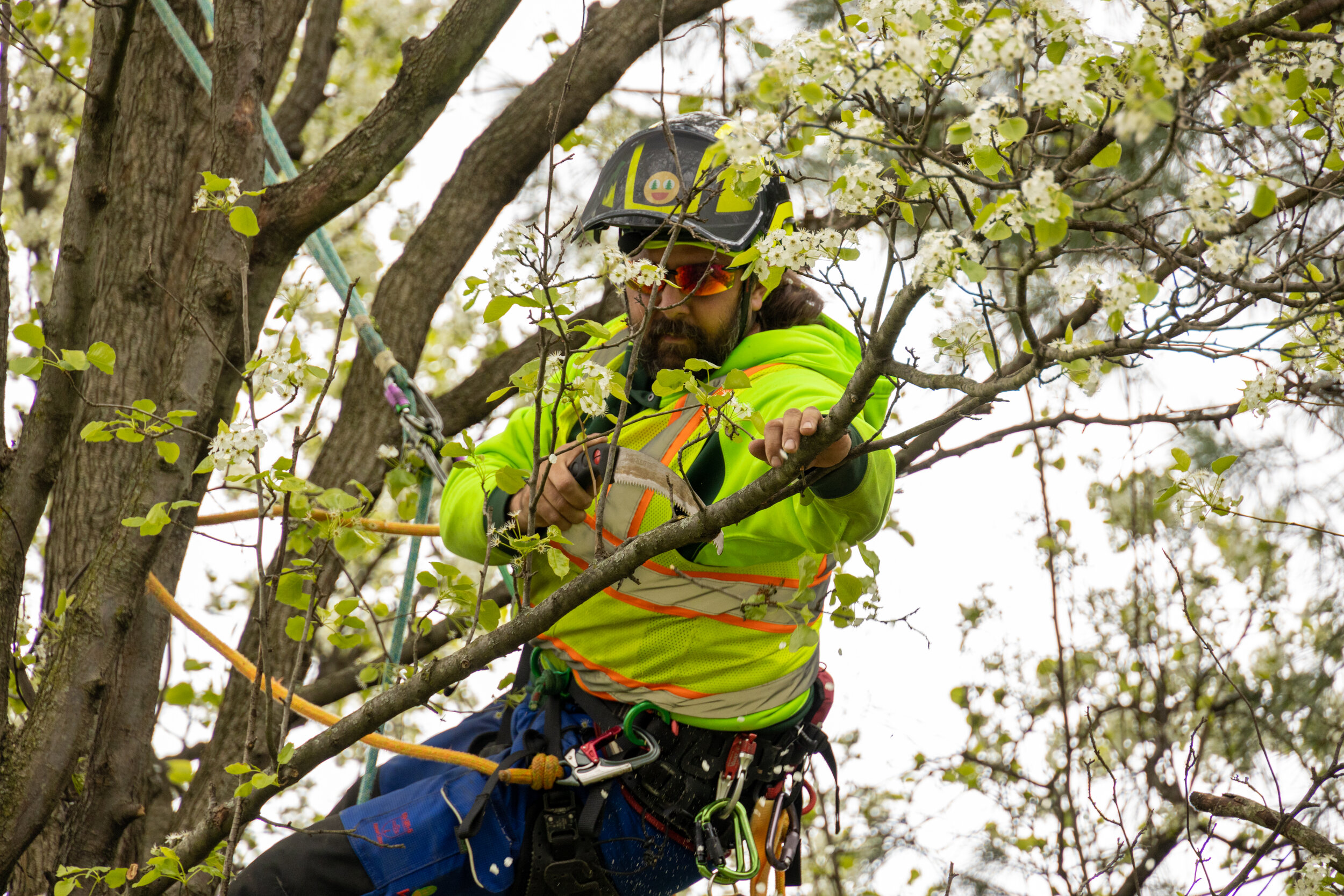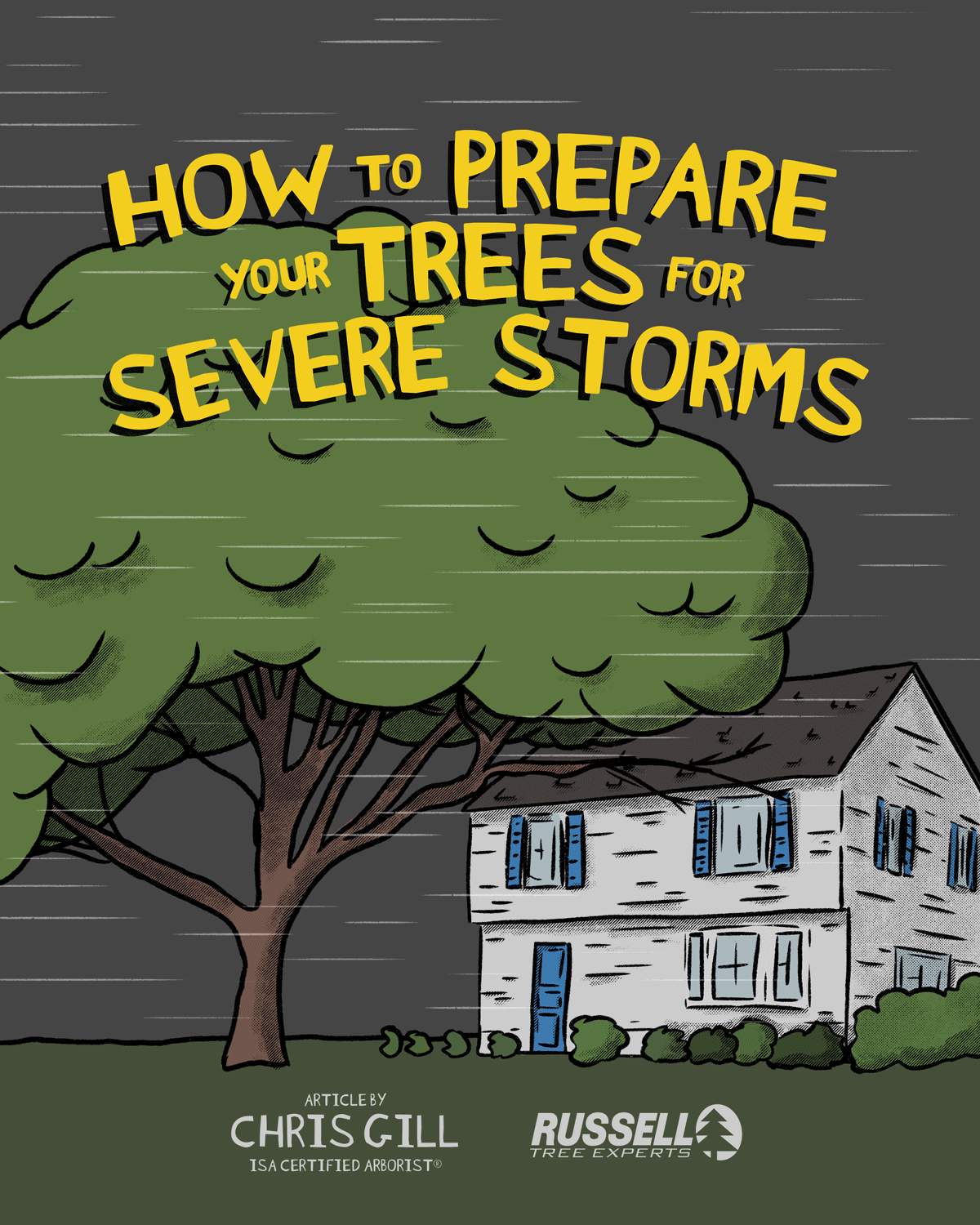By Mike Wilson
ISA Certified Arborist® OH-6806A
November 28, 2025
Thanksgiving has come and gone and with that comes the mad dash to prepare for Christmas. Gift shopping, meal prepping, decorating, and Christmas tree buying are just a few of the many tasks leading up to the holiday season. This article is to help ease your stress when picking out a tree so that you can stay jolly throughout December. We all want a tree that would make Clark Griswald proud. Picking out the wrong Christmas tree and not properly caring for it can result in a “Charlie Brown” tree.
The six most common Christmas trees sold in Ohio are Scotch pine, eastern white pine, Colorado blue spruce, Douglas fir, Canaan fir, and Fraser fir! Each tree has their own unique characteristics that I will dive into to help you make the right decision and keep it looking as healthy as possible. Some factors to consider and keep in mind when reading these descriptions include size, color, scent, branch strength, and needle retention.
pick the right tree for you






keep your tree healthy
If you’re like me, you may have already purchased your tree or will be soon, and you’ll want to keep it as healthy as possible. Not only will this improve the overall aesthetics of the tree for multiple weeks, but it will also help reduce the post-Christmas cleanup mess by minimizing the amount of needles falling off. Here are some tips and tricks I recommend:
If possible, cutting your tree fresh will be best to ensure your tree stays alive for the maximum amount of time. If you run a hand down the branch, little to no needles should release on a healthy tree.
If your tree has been cut for more than 6 to 8 hours, make a new cut approximately 1 inch from the tree’s base to improve water uptake. Most retailers should cut a small “cookie” from the base for you before leaving. These cookies make great ornaments once dried or they can be boiled in water for a festive scent (consider adding cinnamon sticks and orange peels for an even better aroma).
Avoid placing your tree directly next to heat sources or direct sunlight to help keep your tree from drying out too fast and to minimize the risk of fire.
Last but not least, WATER! Cut trees should be placed in a stand that can hold water. Ensure the water is above the cut base and refill as necessary with tap water. Additives to the water are not recommended.
keep your tree Safe
Christmas trees are responsible for approximately 200 house fires every year. It’s a good idea to have a fire extinguisher on hand, know where its located, ensure that it is properly charged, and to educate everyone in the home on how to use it in the event of a fire. If you are unable to power any lights or decorations directly into a wall outlet, use properly functioning extension cords and power sources. Store bought tree stands are designed to hold your tree securely upright. The wider the base, the more stable it will be. I highly recommend using one instead of having the tree free-standing or creating your own DIY stand. For those with little ones like myself, place delicate and small ornaments out of reach from smaller children and make sure they know not to try and eat the needles.
A real Christmas tree can last anywhere from 3 to 6 weeks and cannot be kept for next year. There are many creative ways to reuse your tree after the holidays are over, but most people will either chop it in pieces for firewood or dispose of it to be composted or recycled. Pine needles can make for a great natural mulch alternative if you spread them out 2 to 4 inches deep around the trunk of a tree. If doing this, please ensure that the trunk’s root flare is exposed and not buried.
Photos
For those who live in a home where it is difficult to dispose of your tree, you can drop off and dispose of your old Christmas tree for free anytime at Russell Tree Experts (3427 E Dublin Granville Road Westerville, OH 43081) between Friday, December 26th and Friday, January 9th. The drop-off zone will be at the front yard of our office with marked cones and signage! If you need any assistance, you can knock on our front door during business hours (8:30 AM - 4:30 PM M-F) and one of our friendly staff members will lend a hand! We’ll ensure that your Christmas tree gets reused to become mulch or compost!
Please note: This article was updated on 11/28/2025, but originally published on 12/4/2024.
ADDITIONAL ARBOR ED ARTICLES!
Mike Wilson I Regional Manager, Russell Tree Experts
Mike joined Russell Tree Experts in 2013 and has been in the green industry for 15+ years! He is an ISA Certified Arborist® and a graduate of Oregon State University. Mike is an outdoor enthusiast and a US Army Medic Veteran!















![[click to enlarge]](https://images.squarespace-cdn.com/content/v1/59dfb3df46c3c41919eac60a/1730388712047-BDGASOH18HRBDQVT9P1K/241031-firewood-BTUs-v2+copy.jpg)



![[click to enlarge & more info]](https://images.squarespace-cdn.com/content/v1/59dfb3df46c3c41919eac60a/1730388864626-J8CIZWZAUEYUS2M6GJ9V/1000001341.jpg)
![[click to enlarge]](https://images.squarespace-cdn.com/content/v1/59dfb3df46c3c41919eac60a/1730388864148-3Y8O20UVDB3QPTQJU9CR/1000001340.jpg)










